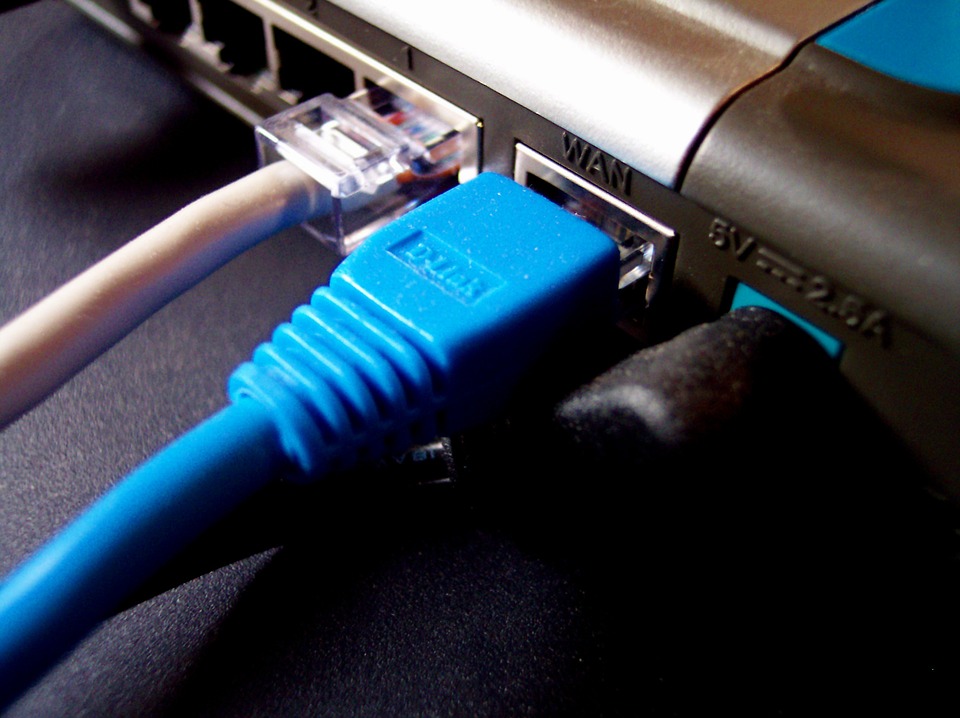(Files by Dione Wearmouth – My Prince George Now)
Misinformation about COVID-19 and vaccines has been spreading like wildfire online throughout the course of the pandemic.
According to a Stats Canada survey, during the first few months of the pandemic, 96% of respondents who went online for COVID-19 information admitted to coming across information they suspected was misleading, false, or inaccurate.
The report also showed that 40% of respondents admitted to believing that the information they saw surrounding COVID-19 was true, then realized later on that it wasn’t and 53% of respondents admitted to sharing virus information without knowing if it was accurate.
Trina Fyfe, UNBC Health Sciences Librarian says the information on COVID-19 and vaccines is evolving, which has been joined by increasing amounts of false information, making it difficult to navigate.
Among the survey respondents, 25% said they saw suspected false information multiple times a day, 28% claimed to rarely come across any and 4% reported never having seen any.
“This pandemic, in particular, has been called an Infodemic because there’s been so much evolving information,” Fyfe explained, “It’s really important for people to be able to differentiate between the facts and the false information that is floating around out there online.”
Fyfe refers to the World Health Organization’s tips for identifying pandemic-related misinformation online.
The WHO site advises readers to check the information source, read past the headline, identify the author, check the date it was published, examine the supporting evidence, check any internal biases and then turn to fact-checkers.
“There are a few principles to follow, think about who is sharing the information. Is it your family and friends? What is their reason for sharing that information and what makes them credible to say that information and think about what motivates people to share it,” she explained.
Fyfe says a lot of times readers will come across intriguing headlines but won’t follow through and read the entire article, she says this is confusing for readers because sometimes information within the article strays from the point of the headline.
“Also, look at the URL and check the website it’s coming from think, is this coming from a meme? Honestly memes often nowadays show images but won’t necessarily tell you where it’s from,” she explained.
Another step to take before sharing information is taking a moment to consider how it makes you feel, if it leads to an emotional response like fear or anger, Fyfe says to check a few other sources on the information to ensure it’s legitimate.
“Check for spelling errors too, I know that there was some misinformation going around about Dr.Henry and so for example and so her first name was spelled with a ‘Y’ instead of an ‘IE’, so watching for these simple things might be a quick way to identify misinformation,” Fyfe added.
According to Fyfe, following these tips can ensure readers feel more confident in identifying misinformation online, but if readers do come across false information online, the WHO website provides a list of ways to report the information on most social media platforms.




